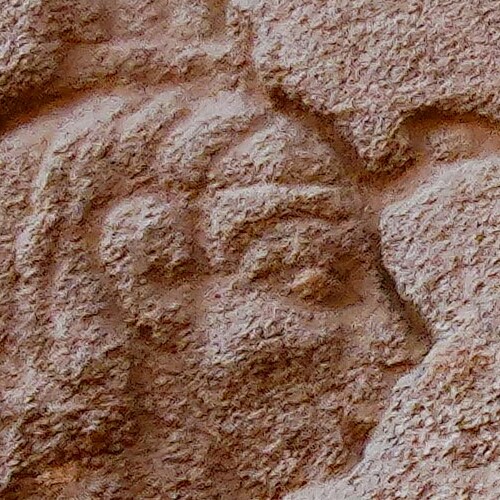No other nation in the world says ‘Welcome’ as often as the Egyptians, and every time, they mean it. While the ancient civilization of Egypt continues to amaze, contemporary Egyptians are equally remarkable.
Gateway Temples
The Rich Historical Tapestry of Qena
Qena, a town steeped in a blend of ancient and Islamic heritage, holds a significant place in Egypt’s historical narrative. Here’s an exploration of its storied past:
- Ancient Beginnings and Greek Influence
- Originally named Caene (New Town) by the ancient Greeks, distinguishing it from the nearby Coptos (now Qifṭ).
- Located 23 km north of Coptos, it gradually took over the latter’s significant trade with Arabia, India, and China.
- Trade and Route Changes
- The shift in trade prominence was due to a new northern route across the Eastern Desert to the ports of Safaga and Al-Quṣier.
- Post-Mamlūk period (after 1517) archaeological findings at Al-Quṣier suggest the change in trade routes.
- Although trade diminished in the Ottoman period, this northern route persisted, especially for Upper Egyptians embarking on the hajj pilgrimage to Mecca.
- Islamic Influence and Religious Significance
- Qena is not just an ancient trade hub but also a center of Islamic heritage.
- The Maghrebi Abd el-Rahim, upon returning from Mecca, established a Sufi center in Qena.
- His death in 1195 led to the construction of a mosque over his tomb, turning it into a pilgrimage site.
- The large modern mosque of Sheikh el-Qenawi in the town’s main square highlights his enduring influence.
- Modern Developments and Infrastructure
- The town experienced a revival during and after World War II.
- Its strategic location as a terminus for the road to the Red Sea coast and its status as a governorate capital spurred growth.
- The construction of a bridge across the Nile and the upgrading of the Upper Egypt highway, passing through Qena, enhanced its importance.
- Qena is well-connected, served by the Cairo–Aswan railway and a nearby military air base.
- Economic and Cultural Hub
- Today, Qena is a bustling market town and a service center for road vehicles.
- Traditionally noted for producing porous clay water vessels, a craft that continues to this day.
Qena’s rich tapestry of history, from its Greek roots and Islamic heritage to its modern-day significance, makes it a city of multifaceted cultural and historical importance. It’s a testament to the enduring legacy of civilizations and cultures that have contributed to its development over the centuries.
Created On March 18, 2020
Updated On Aug , 2024
QENA Travel Guide



